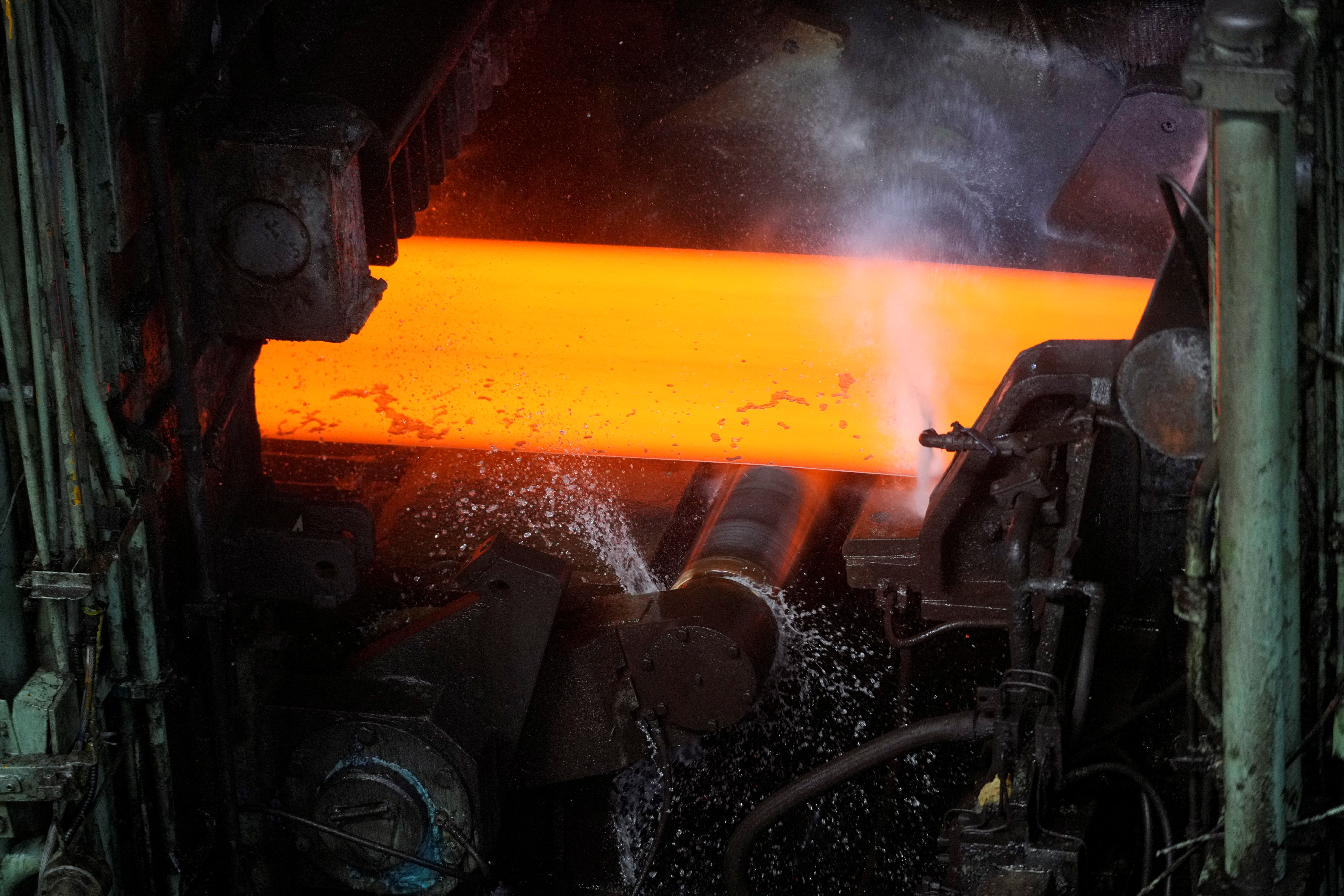Green steel prices seen dropping sharply; India opposes loose hydrogen standards
Our pick of the latest hydrogen news you need to know

Prices of Green steel – made with renewable hydrogen rather than natural gas or coal – will fall below all other forms of steel manufacturing by 2024 in the United States and by 2028 in Europe, according to a study by ReTHINK Energy.
The traditional method of steel manufacturing uses blast furnaces and basic oxygen furnace pathway (BF/BOF) to reduce iron ore at 1,000 C using coke, made from heating coal without air. This method is used by 69% of all world steel manufacturers.
A direct reduction or iron ore using electric arc furnaces (DRI/EAF) uses natural gas and carbon dioxide or hydrogen to heat the iron to 800 C to create sponge iron.
The DRI/EAF can potentially decarbonize the steel-making process by using renewable hydrogen and electrical power generated from clean sources.
Green steel costs are already falling sharply in the United States and the $3/kilo of hydrogen as part of the Inflation Reduction Act (IRA) will lead to the costs falling below all other forms of steel manufacturing as soon as the subsidy begins next year, ReTHINK Energy said in the study “Green Steel Premium: Myth or Reality?”
In Europe, the higher price of green hydrogen, natural gas, coal, and iron ore, all of which are largely imported, means European steel costs are higher than in the United States and are likely to remain that way, the study noted.
However, falling prices for blue, grey, and Gas-DRI/EAF steel and expectations of falling green hydrogen prices amid hopes for a U.S.-style green hydrogen subsidy, mean steel prices are likely to begin to fall by the second half of 2024 and undercut the current cheapest method by 2028.
In China, where 55% of global steel production is sourced, ReTHINK predicts green steel will become cheaper than the rest of the manufacturing methods by 2026 though will remain more expensive than the traditional BF/BOF procedure due to the domestic production of coal and iron ore.
Green steel may finally undercut coal-based steel sometime close to 2040 in China, more inline with the country’s net-zero target for 2060, the study said.
“The United States … is now in a prime position to start producing green steel but is behind Europe and Asia-Pacific in terms of pilots,” lead analyst for the ReTHINK study Bogdan Avramuta says.
“I guess no one expected such an artificial manipulation of the hydrogen market and everyone waited for the price of green hydrogen to come down naturally and only bring green steel into play closer to 2030. Whoever will move fast now will win massively.”
India opposes watered down green hydrogen standards
India is opposed to changing the definition of green hydrogen to include fuel produced from low-carbon energy as suggested by some nations during a G20 meeting, the Power and Renewable Energy Minister R K Singh told Reuters in an interview.
India, which holds the rotating presidency of he G20, has proposed that the best possible standards be harmonized to regulate trade in green hydrogen which must only be manufactured using renewable energy rather than low carbon fuel, Singh said.
The country has presented a draft definition, under discussion with other G20 members, that assumes some unavoidable greenhouse gas emissions would be created from the production process but that must be limited to 1 kg CO2 equivalent for every kilogram of green hydrogen produced, a source told Reuters.
India approved an incentive plan to promote the production and export of green hydrogen worth 174.9 billion rupees ($2.12 billion) in January.
Nordex, Acciona to develop hydrogen projects in Americas
German wind turbine manufacturer Nordex and Spanish engineering firm Acciona have agreed on a joint venture to develop green hydrogen projects in areas with abundant onshore wind resources in the United States and Latin America, the companies said in a statement.
Acciona acquired 50% stake in a new Nordex group, Nordex H2, for 68 million euros ($74 million) to fund the development and expansion of the business, the companies said.
The joint venture has a renewable energy development pipeline target of 50 GW and will develop projects to produce half a million tons of green hydrogen a year for the next 10 years, they said.
The first projects will be ready-to-build by 2027, they said.
Each of the projects will have a minimum size of 1GW of installed renewable power and will be deployed through strategic agreements with other public and private companies.
“We are very happy to now accelerate these achievements together with Acciona, a strong partner with extensive expertise in large infrastructure projects. This joint venture reinforces our shared commitment to a decisive contribution towards the decarbonization of the world’s economy,” said José Luis Blanco, CEO of the Nordex Group.
By Reuters Events Hydrogen
